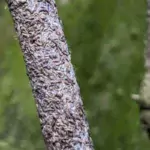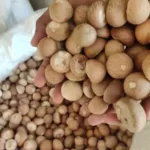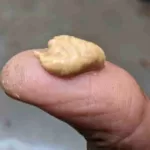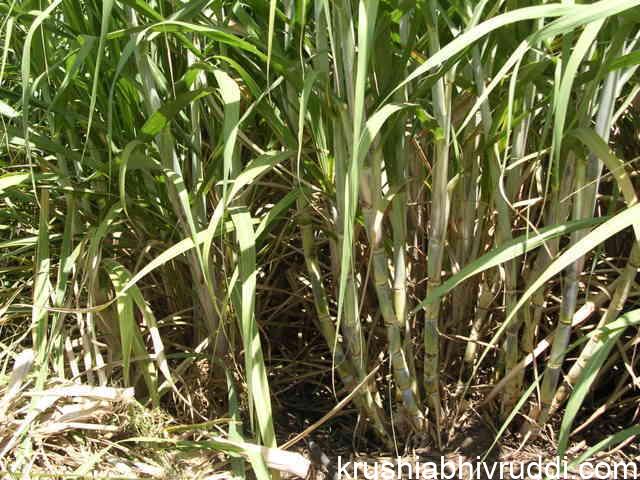90% above sugarcane farmers still follow thrash burning in sugarcane, because, they realized the advantages of this. It is the cheapest method of disease control.
Sugarcane is one of the main commercial crop in India. According to statistical survey, in India sugarcane is cultivated in 4.32 million hectares of land and every year, 300 million tonnes of canes are produced. Sugarcane is mainly used for the production of jaggery and sugar. Karnataka, Maharashtra, Uttarapradesha are the major states involved in the production of sugarcane and their value added products. But farmers are facing the problem of decline in the yield, post harvest loss, poor quality canes due to the attack of some common diseases. Even after the harvest, on the way to sugar factory, disease become severe and resulting in the heavy loss of canes. Ultimately farmers are sufferers. They won’t get reasonable price for their crop.
- One of the major disease which mainly affects on the quality of sugarcane is red rot disease.
- Disease is caused by the fungal pathogen Colletotrichum falcatum.
- Red rot is considered as severe disease for sugarcane because it results in cent percent loss to the farmers.

Mode of transmission:
- Bud and bud scales are the sites of infection of fungal pathogens.
- They are usually in dormant stages.
- Under favorable condition they transform into vegetative state and further they spread to the young shoots.
- In later stages further infection takes place at the nodal region by irrigation water , rain water or from soil .
- This is due to the accumulation of spores in the midrib of leaves during the growth stages.
- Spores get washed down and mix up with the soil rain, and irrigated water.
- So water is also one of the major factor in transmitting the spores from infected to healthy shoots.
- During the summer season, wind is responsible for transmitting the spores.
Red rot Symptoms:

- We can observe the symptoms in all the stages of growth.
- Infected sugar canes show sudden changes in the third and fourth leaf emerging stages which turn yellowish in colour.
- In later stages drying of the leaves and longitudinal splitting of canes can be observed.
- This is one of the strong evidence for the attack of the fungus. Internal core tissue gradually turn into red to brown coloration with white spots.
- Reddish colour will further spread throughout the length of the stalk due to the spreading of fungal filaments.
Management practices:
- First of all we have to take some measures to eradicate the pathogens in the field.Selection of disease free, healthy seed materials must be used for preventing further transmission of the disease in next cycle.
- If there is any infected sugarcane clump exists, then should not collect the seed from such field.Select disease free field to raise the crop.
- Farmer must monitor his field periodically to find out any symptoms of the disease to select disease free seeds.

Field management after harvest :
- Main reason for the spreading of disease to next crop is poor field management practices.
- Usually infected clumps are not removed during the harvest time.
- These infected cane stalks remain in the field.
- We should not leave any crop residues in the field after harvest.
- These residues are the main source of infection because they contain loads of fungal spores.
- These fungal spores are usually remains in dormant state.
- Most of the farmers do some regular practice in their field to irradicate these pathogens.
- That is collection of all the crop residues and burning in the field itself.
- Even burning the whole field after allowing the crop residue to dry in the field, is also helps a lot to sanitize the field.
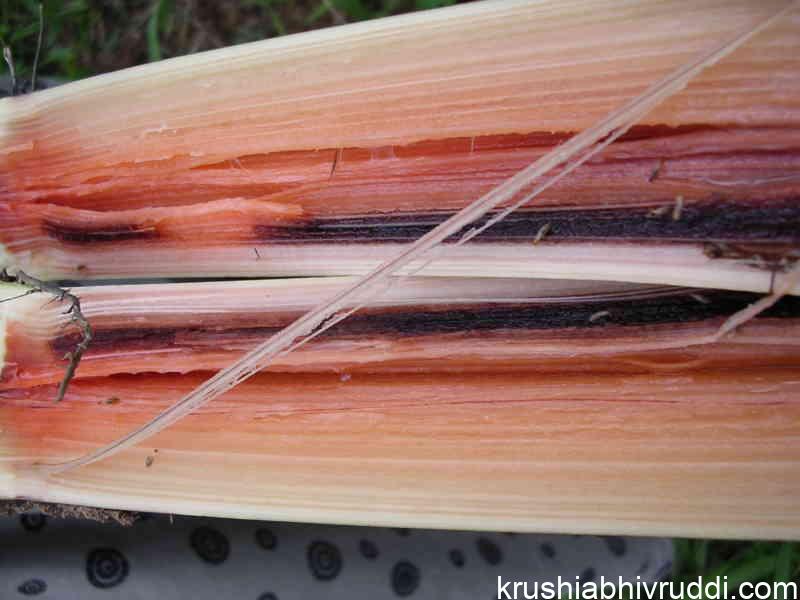
Water management;
- Irrigation water is the another source for spreading of the disease.
- Preventing the irrigated water or rain water from infected field to non infected field helps a lot to eliminate the spores.
- So every field must have good drainage facility.
- Lack of drainage system in agricultural land is the major cause for transmission of spores.
Chemical treatment :

- Hot water treatment along with Carbendazim in 0.1% helps to eliminate the pathogen in single bud setts.
- Treatment of the setts with carbendazim or Thiophanate methyl also prevents the entry of pathogen from the contaminated soil.
- Nowadays many resistant hybrid varieties against red rot are raised by scientists.
- Among them, Co 1148 showed high resistance against red rot.
- Field selection for the seed is also very important factor.
- Field should have very good drainage facility and monitoring of the crop is also very essential.
- It is very important to shifting of susceptible to resistant variety.
- After the harvest, it is very important to sanitize the field by burning the thrashes there itself.
- Burning of thrashes, any crop residues left in the field is age old practice in our agriculture system.
- Our farmers are following this sanitation method from long back .
- But nowadays some environmentalists raising their voice against this practice, farmers are hesitate to burn the thrashes.
Almost all field crops most of diseases spread from crop residues. If we burn the crop residues further spreading will ends. In this method farmer can grow same crop in same field. But there was controversy in this practice. Instead of burning there are some other methods to preventing pathogens . But all are costlier than this method. Farmers believe this method.
One of the reason for Haryana farmer’s protest against central farm bill is against stubble burning. Farmers want easy and cheap method of disease control. Administration is not allowing this for environmental issue.
Author DR.Rajeshwari K R ( Referred article)

